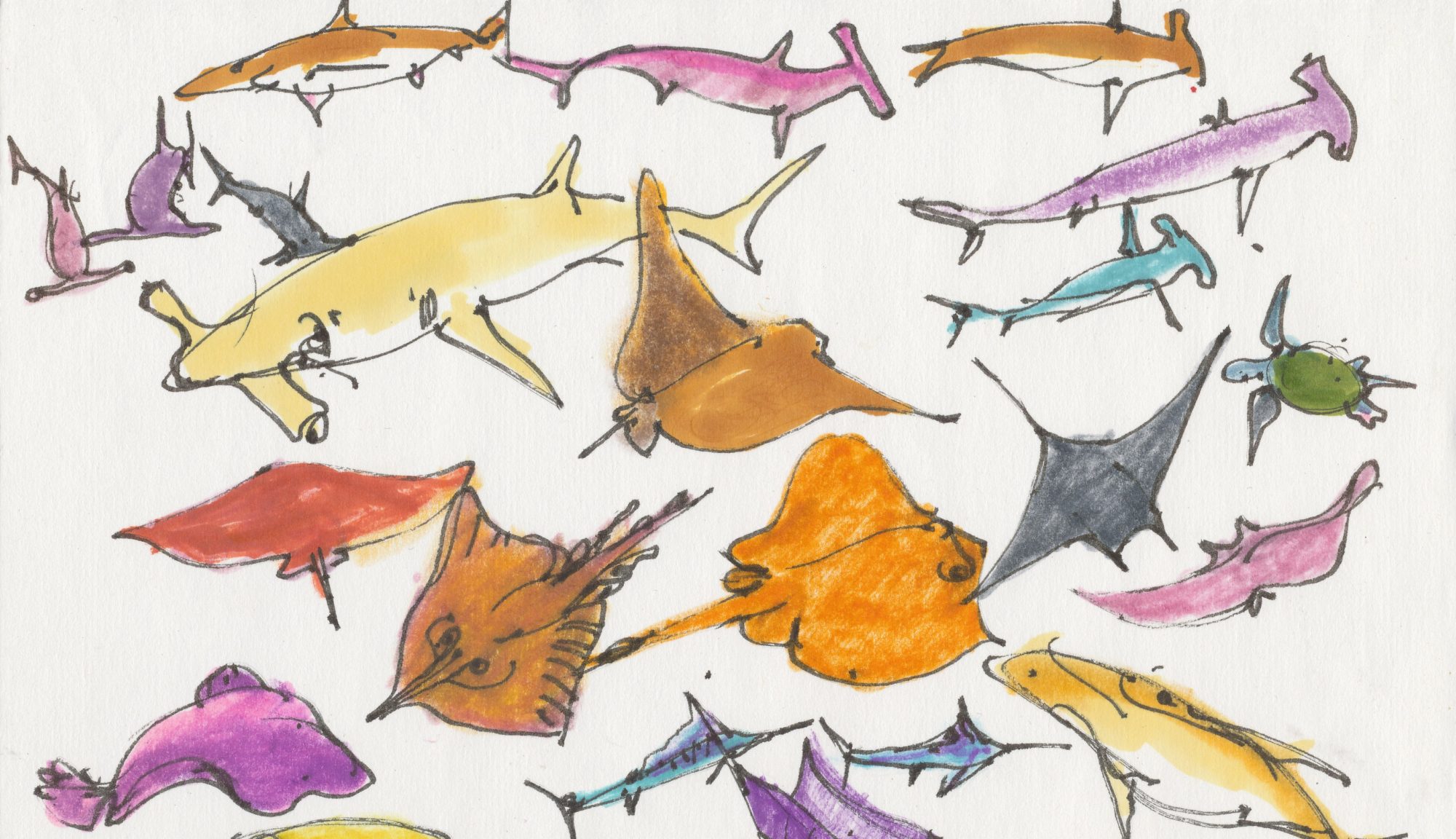



Art, Music & Architecture






This artwork came about during my fine artist days in Manhattan, while I was attending both New York University and the Art Students League of New York. I was also studying music in the former institution which required an explanation in a master’s degree thesis of how art and music may be interrelated. My research included biographical as well as theoretical investigations into the paintings of Wassily Kandinsky and the musical compositions of Arnold Schoenberg, both of whom found inspiration within the interplay between painting (and drawing) and music. In my case, I found expression and solace in the practice of both mediums, whether or not I could describe rationally the necessity of dual participation. Although art is primarily associated with the visual sense and music with the aural sense, they both share commonality in the tactile sense.
This musical composition includes guitar, my primary instrument, banjo, a secondary plucked string instrument, and concertina, the most recent wind (bellows) instrument in my musical arsenal. “Serenade for guitar, banjo, and concertina” is reminiscent of various styles in jazz, blues, folk, and classical music. The music came together in this manner through improvisation and just hit the right spot for me.


I just bought a 40-button “Anglo” concertina a week ago. Wind instruments operated with bellows and their “old world” sound had intrigued me for quite a while. I was also fascinated by the difference of this instrument from the harmonica and clarinet where I have to rely on breathing and embouchure. Producing the joyful or wistful sound of a concertina would however, require the dexterity and theoretical understanding of pressing buttons on each side while pulling and pushing the bellows in rhythmic time. The painting “Creekside”, seemed appropriate to the music in its depiction of a meandering stream flowing through its carved channel of forested and stone armored embankment.

“A Brief Passion”
A passion can pass,
In a twinkle of an eye,
A leeward glance,
A breath and a sigh,
Inhaled fragrance,
With luster of jade,
Horizons of memories,
That never fade.
Sanford R. Bender April 19, 2021